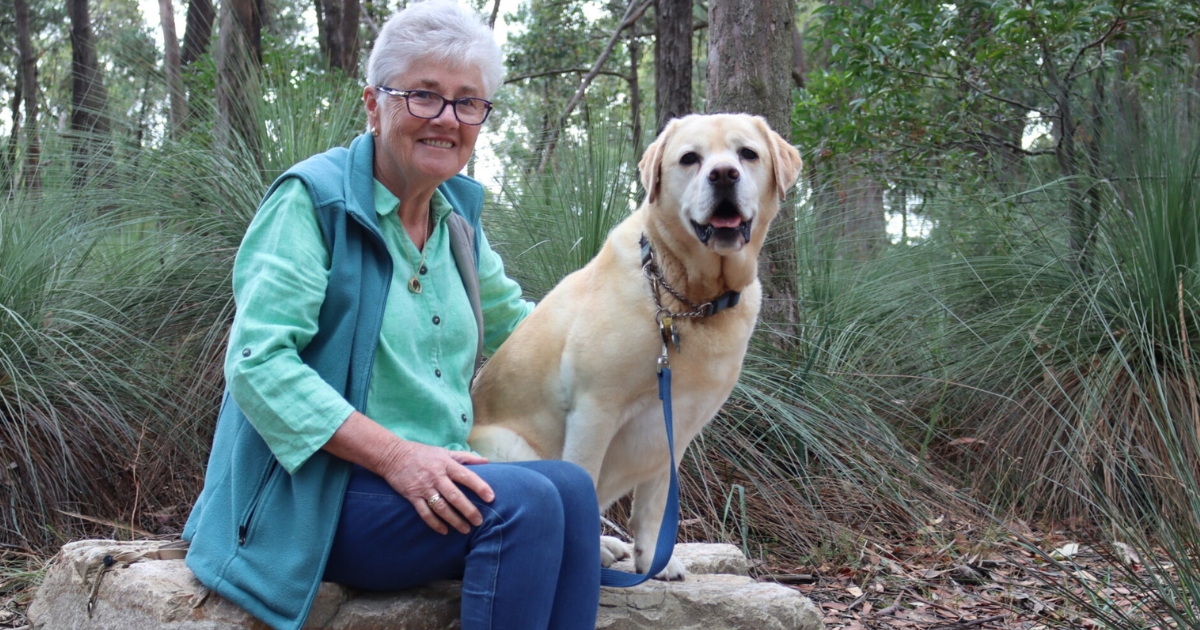Water security to improve for Clarkesdale Bird Sanctuary

‘Header’ wetland: Gordon’s Lagoon in July, 2019, benefiting from circulated water from the Sanctuary’s Lake Argyle. Photo: SUPPLIED
THROUGH the Golden Plains Shire Community Strengthening Grants program, Clarkesdale Bird Sanctuary has received funds for a water security project.
Within the program’s environment and sustainability category, $5630 has been allocated to Birdlife Australia to buy and install a water pump and 700 metres of water pipes, to replace 50-year-old, broken-down technology.

Sanctuary coordinator, Emily Noble said the works will reinstate and expand a water distribution network around seven of the Sanctuary’s lakes, lagoons and wetlands.
“This is to maximise water capture, storage and availability for the birds at the Sanctuary, including many species classified as threatened or declining, like scarlet robins, jacky winters, dusky wood-swallows, eastern spinebills, painted button-quails and diamond firetails,” she said.
“Although the birds may have different diets or nesting needs, or spend time in disparate parts of woodland habitat, for example, from leaf litter to canopies, the one need they all have in common is water.
“This effective water management will increase viability of woodland bird populations at the reserve, which has positive biodiversity outcomes, as well as educational outcomes for the many groups and individuals that come to the reserve to learn more about woodland birds and the management of their
habitat.”
Clarkesdale Bird Sanctuary spans 535 hectares in Linton, with varying natural vegetation types, parts of the Springdallah Creek and the Ballarat-Skipton Rail Trail running through it.

In the 1970s, it was established by a young, birdwatching Gordon Clarke.
“He wasn’t seeing his favourite birds as often, or at all, and thought, ‘I’ve got to do something about this.’
“He started revegetating one paddock, planting nectar and seed-rich species there, providing a super habitat for woodland birds,” Mrs Noble said.
Having grown paddock-by-paddock over five decades, the Sanctuary includes a harvested pine plantation, now regenerating naturally with a boost from seed sewing and planting.
“We’re continuing with Gordon’s work in the paddocks he’d planted. A lot of those natives are getting to the end of their 50-year lives, so we’re prioritising works to plant the right species back in there, to provide plenty of food and shelter for birds,” Mrs Noble said.
“His vision was always to optimise habitat for woodland birds, and that’s the overarching vision of Clarkesdale.”
One hundred and sixty birds have been recorded at the Sanctuary over the last 40 years, including yellow robins, crested shrike-tits, and golden and rufous whistlers.
Because of these animals, and more, the space is a “pleasure to be in.”

“It’s a haven for birds and wildlife of all kinds, and a beautiful place to be. The remnant vegetation is in really good condition, highly diverse and full of life,” Mrs Noble said.
“It’s a privilege to be a part of work to look after these birds and give them the best habitat possible, because they’ve lost 80 per cent of their habitat across Australia.
“These remnants that are still a decent size are so important now. Over a third of Australia’s temporal or terrestrial woodland birds depend on this sort of habitat.”
Clarkesdale Bird Sanctuary features trails and an education centre. Visitors can camp on the site during periods outside of COVID-19 restrictions.


















